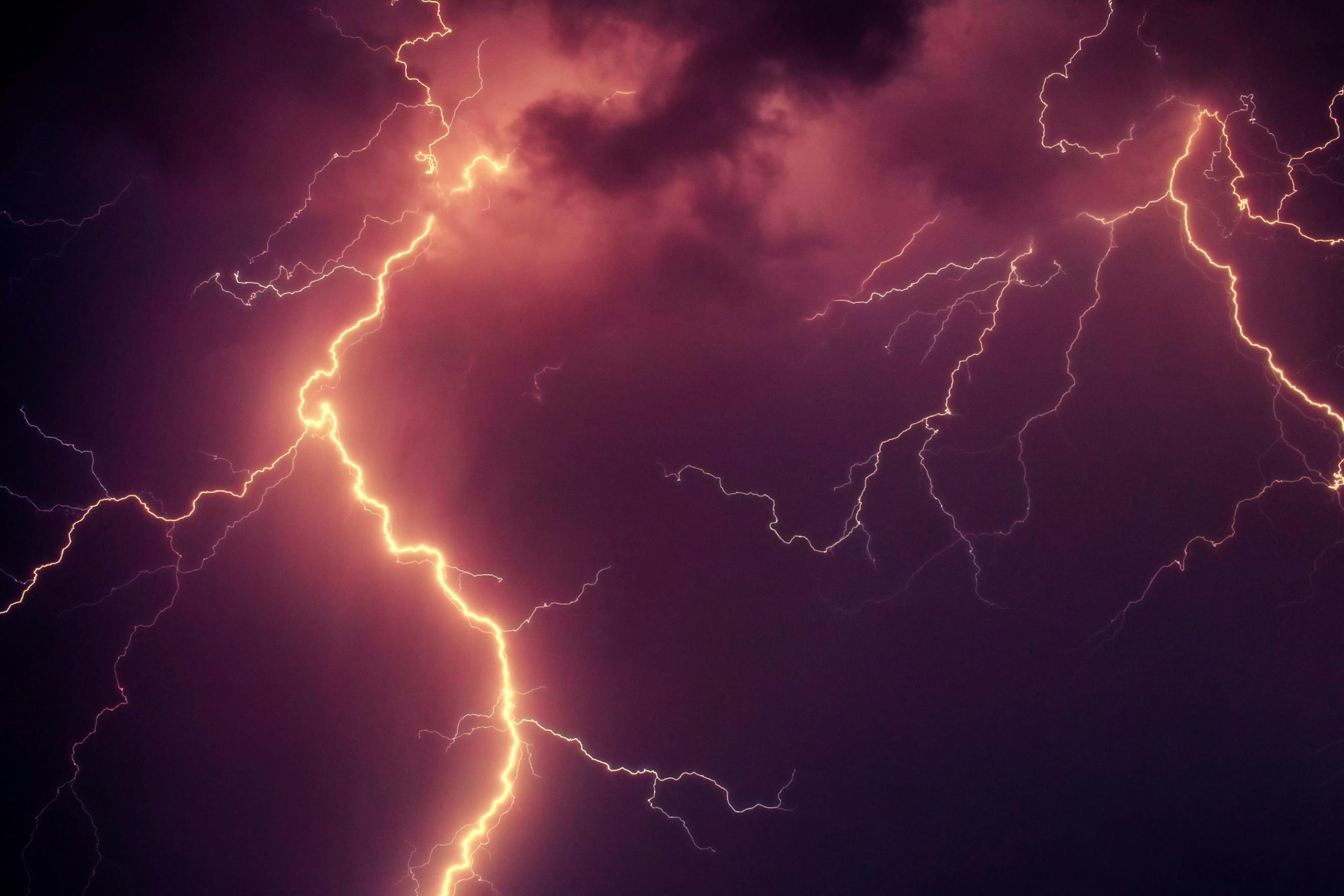Can a Lightning Strike Damage a Router but Leave a Modem Intact? Understanding the Risks and Occurrences
Lightning strikes can have a significant impact on household electronic devices, often leading to sudden malfunctions and hardware failures. A common question among homeowners and tech enthusiasts is whether a lightning strike can damage one network device, such as a router, without affecting another, like a modem. Recent experiences and queries highlight the need to understand how electrical surges caused by storms interact with networking equipment and why certain devices may be affected differently.
The Scenario: Post-Storm Network Disruptions
Imagine a typical stormy night where a severe lightning strike occurs near an apartment building. In this scenario, a resident hears a popping sound near their networking setup, followed by the immediate loss of Wi-Fi connectivity. Upon inspection, the modem remains functional—allowing the user to connect directly via Ethernet from their PC—yet the router appears completely dead, with all lights off and no wireless signal.
This situation can cause confusion, especially when the modem survives the strike but the router does not. Naturally, questions arise about the vulnerability of each device and whether the storm’s electrical surge could selectively damage one over the other.
Understanding How Lightning Affects Networking Equipment
Lightning strikes induce powerful electrical surges that travel through various pathways connected to your home’s electrical and communication systems. The main routes typically include:
- Power lines: Surges carried through the electrical wiring.
- Coaxial cables: Used for cable internet connections.
- Ethernet and telephone lines: Other potential conduits.
When lightning strikes nearby, these surges may enter your residence through any connected cables, potentially damaging sensitive electronics.
Why Might the Router Fail While the Modem Remains Intact?
While it might seem intuitive that the modem, which connects to the internet via coaxial cables, would be more susceptible to lightning damage, that’s not always the case. Several factors can influence which device gets damaged:
-
Internal Circuitry and Protections
Modern devices are equipped with various protective components—such as surge protectors, TVS diodes, and voltage clamping circuits—that mitigate surge impacts. The robustness and placement of these protections can vary between devices, influencing their vulnerability. -
Surge Pathways and Device Positioning
The physical placement of the modem and router, along with the wiring configuration, can determine the surge’s path. For instance, if the surge primarily
Share this content:



